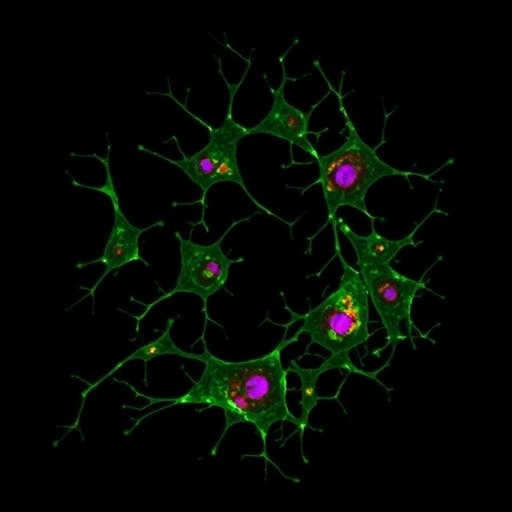First-of-its-kind study finds that a city’s level of segregation is the biggest predictor of the ratio of police shootings of Black compared to White victims.
Racial residential segregation is the predominant factor that explains why some cities have greater racial disparities in fatal police shootings than others, according to a new study by Boston University School of Public Health (BUSPH) researchers published in the Journal of the National Medical Association.
“Interventions such as inherent bias training aim to alter the way police officers interact with Black individuals, but our research suggests that what is needed is training that changes the way police interact with Black neighborhoods,” says study lead author Dr. Michael Siegel, professor of community health sciences at BUSPH. “Ultimately, countering structural racism itself, particularly in the form of racial segregation, is critical.”
Siegel and his colleagues used data from the Mapping Police Violence Project to calculate the ratio of Black and White victims of police shootings in 69 of the largest American cities between 2013 and 2017. They found that, across these cities, a Black person was 3.5 times more likely to be fatally shot by police than a White person. However, this ratio ranged widely: A Black person was no more likely than a White person to be fatally shot by police in Mesa, Arizona; Honolulu, Hawaii; Lexington, Kentucky; and Henderson, Nevada–but 46.7 times more likely in Santa Ana, California.
To measure the level of Black-White racial segregation in each city, the researchers used an established measure called the index of dissimilarity–in this case, what percent of Black people in a city would have to move in order to produce an equal distribution of White and Black people across each US Census block of that city. They then controlled for a city’s Black median income, proportion of the Black population living in rental housing, Black representation in the police force, size of the police force relative to the city’s population, crime rates, what percent of the population was Black and what percent was Hispanic, and the city’s overall population.
They found that, for each percent of a city’s Black population that would have to move for an equal distribution, the ratio of police shooting rates of Black compared to White victims increased by 44 percent. In contrast, the racial composition of a police force had no impact.
###
Founded in 1976, the Boston University School of Public Health offers master’s- and doctoral-level education in public health. The faculty in six departments conduct policy-changing public health research around the world, with the mission of improving the health of populations–especially the disadvantaged, underserved, and vulnerable–locally, nationally, and internationally.
Media Contact
Michelle Samuels
[email protected]
https:/




